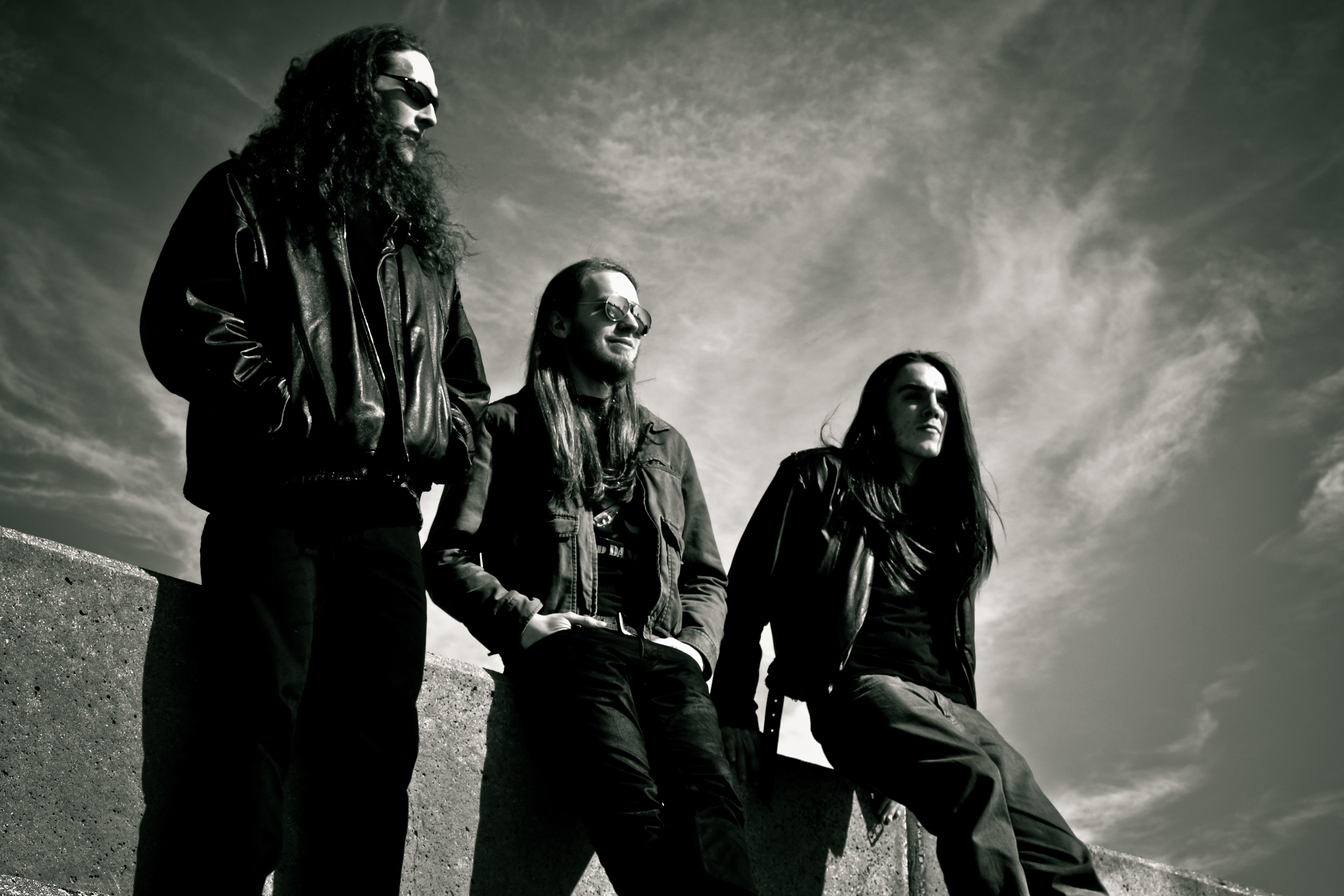Album Review: Diamond Plate - "Pulse"
If you’ll be kind enough to indulge for a moment, I’m probably about to sound like the metal Garrison Keillor. You remember back in 1988 when Metallica released “…And Justice For All” and that album, in a much simpler time, gave rise to the concept of experimentation in thrash and sparked the genre’s first debate about the nature of production?
With all the division of ideas that benchmark album engendered, it’s easy to overlook the long-lasting implications of what “…Justice” really meant to heavy metal as a genre. Up to that point, it was virtually unheard of for a thrash band (or any ‘speed metal’ band, as it was known back then,) to experiment with longer songs, thematic variances and time signature changes. On the production side, the mechanical sound of Lars Ulrich hitting a trash can still brings back bitter memories for some fans, but the viability of a sound that thin is a debate that still rages, particularly in the hallowed halls of death metal, which have turned to drum gridding and triggering to try to make their sound more uniform. Never mind the fact that the ultra-thin snare sound would come back to haunt Lars fifteen years later for “St. Anger,” or that the trash can in 1988 quite possibly gave rise to the 1990s phenomenon that was Stomp (kidding!...sort of.)
Anyway, preamble aside, patient readers are likely wondering what the hell all that has to do with Diamond Plate. Well frankly, “Pulse” is the son of “…Justice.” It has all the same hallmarks both musically and conceptually, from the crunchy production and mastering to the elegant puzzle pieces that interlock to form the compositions.
It all begins with Diamond Plate’s stated desire that they would institute more of a “play as thou wilt” attitude toward songwriting and assembly, eschewing the time-tested but arbitrary mores of thrash in favor of making the elements fit where they feel correct. (As an aside, this idea sounds incredibly simple and intuitive; the implication that not everyone writes this way is a bit of a shock. If true, that probably says something about our beloved genre.)

The resultant lack of uniformity on “Pulse” is a marked improvement over the relatively worthy but still exceptionally raw debut “Generation Why?” and lends Diamond Plate increased viability in a marketplace where the recent thrash revival is dominated by sameness. The three piece from Illinois showcases an ability to bring the pain heavy or steady the ship with softer interludes, which helps to dissolve any potential that the album will gloss over. Not so different from “…Justice,” “Pulse” features songs of varying lengths and tempos, everything from the blistering throwback of “Face to Face,” to the reserved, ethereal melodies of “Rainmaker.” There is even room for versatility within songs, as with the alternating power and placidity of “Still Dreaming.”
For fans of the old school there are riffs seeded throughout “Pulse” that will leave you with a fond aftertaste reminiscent of the best moments of metal from 1988 to 1991. This is particularly true of album kickstarter “Walking Backwards,” which begins the proceedings with an intro that sounds like an outtake of “Cowboys From Hell.” For all the Metallica and Overkill and other thrash that is woven into the fabric throughout “Pulse,” the guitar tone as a singular entity is a direct homage to Dimebag Darrell and all that he means to the metal community. (Though there is a little Blue Oyster Cult mixed into “Persistence of Memory.”) Even the so-crunchy-it’s-crispy production, meant to highlight the precision of guitarist Konrad Kupiec, can’t totally rob the tone of its inherent throatiness. And don’t worry; as much as “Pulse” sounds like chewing on a mouthful of glass, it’s still not ‘trash can’ thin.
Diamond Plate was joined for this record by new vocalist Matt Ares, a nineteen year old man who comes in with a variable voice and attempts to add another vocal dimension to “Pulse” that “Generation Why?” so sorely lacked. Unfortunately, his attempt falls a little flat. His scream is adequate by the standards of thrash (which is a huge backhanded compliment for which I apologize,) but lacks the bellowing gravitas of Tom Araya or the steel conviction of Bobby Blitz. For the traditional singing portions, Ares sort of speaks in rhythm more than sings, which works for Henry Rollins, but sounds out of place here. The vocals are a problem that Diamond Plate must address if they want to go to the next level as a band. There’s nothing to say Ares can’t be the solution; after all, he’s only nineteen and certainly has both time and desire on his side. Heck, James Hetfield was a pretty awful vocalist until he was into his twenties, and Dave Mustaine hasn’t improved a single iota in thirty years. In fact I think he’s gotten worse. So Ares has room to grow into the role.
Let’s not get astray, though. “Pulse” is a damn good record and represents a leap in both maturity and songwriting for Diamond Plate. I love almost everything they do musically, and the expansion of their paradigm into more creative forms of the genre is a welcome addition. There’s so much that’s right with “Pulse” that I can overlook the inconsistent vocal performance and so should you. From a big picture standpoint, this could be Diamond Plate’s statement of arrival. They’re not just an entertaining live band anymore.

